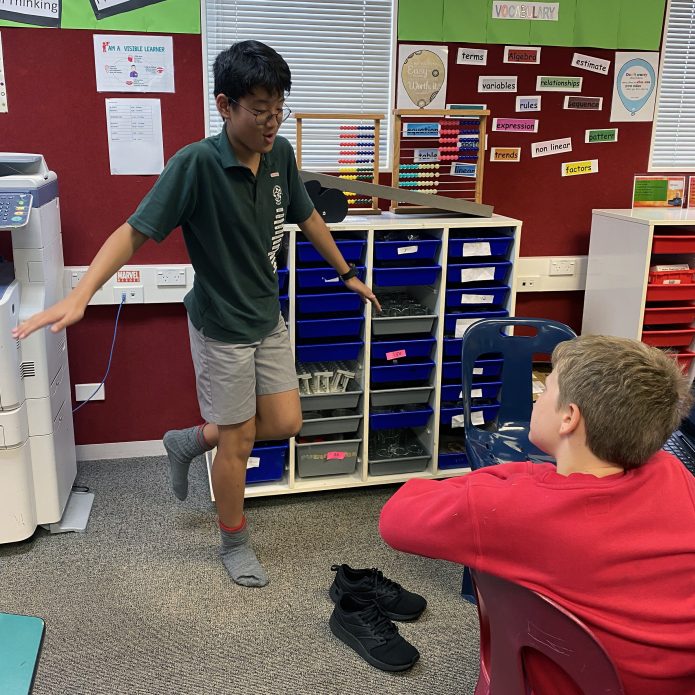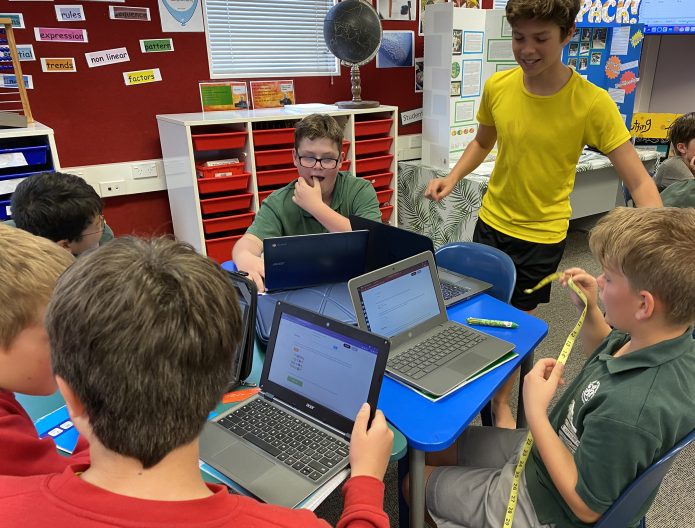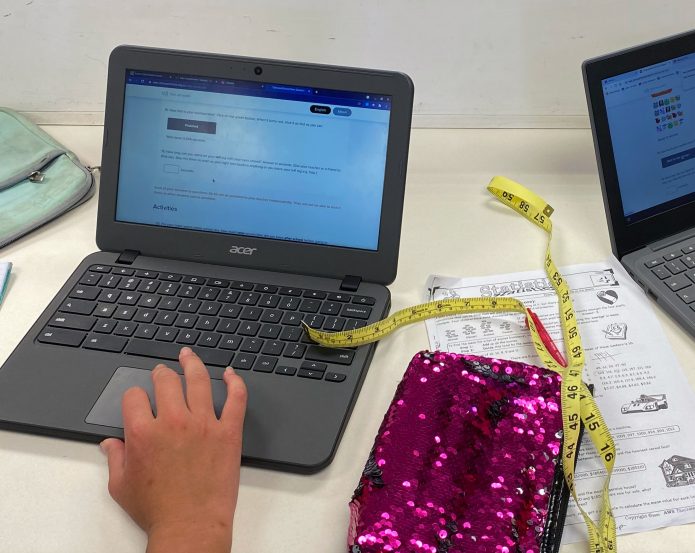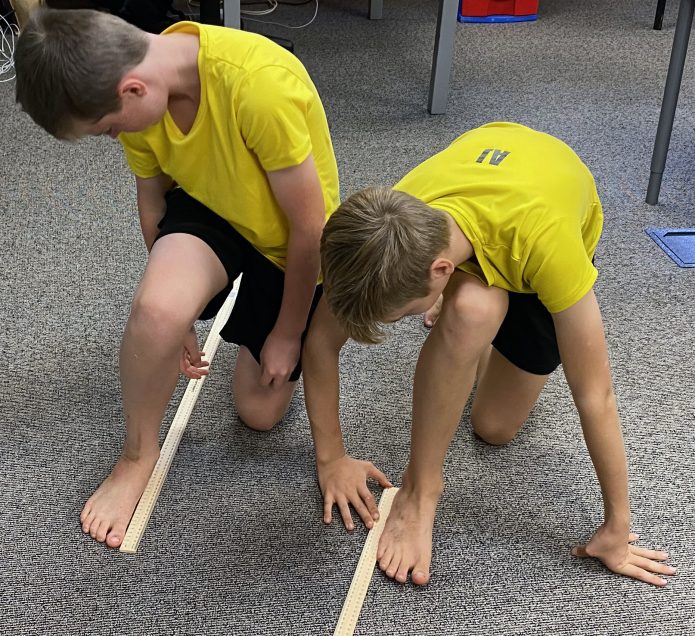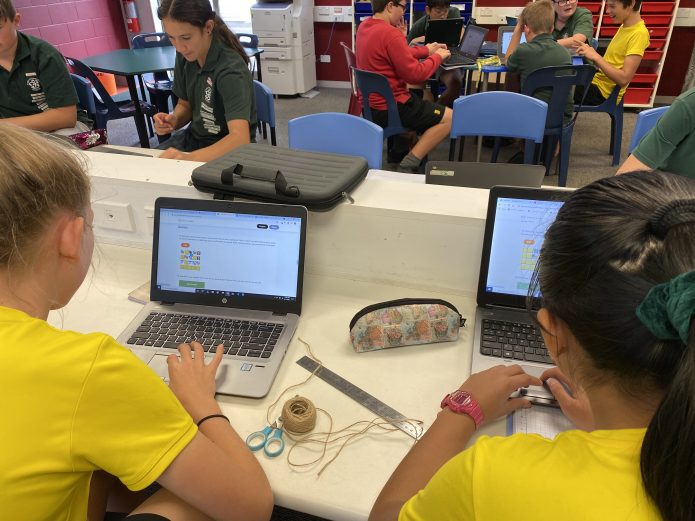Register today to take part with your students next year. Even if you have registered before in the past, you’ll still need to register for 2023.
CensusAtSchool 2023 launches on February 13. See the full questionnaire preview.
Register today to take part with your students next year. Even if you have registered before in the past, you’ll still need to register for 2023.
CensusAtSchool 2023 launches on February 13. See the full questionnaire preview.
Many thanks to Ravinesh Chand of Avondale Intermediate for sharing these photos of his maths class taking part in CensusAtSchool.
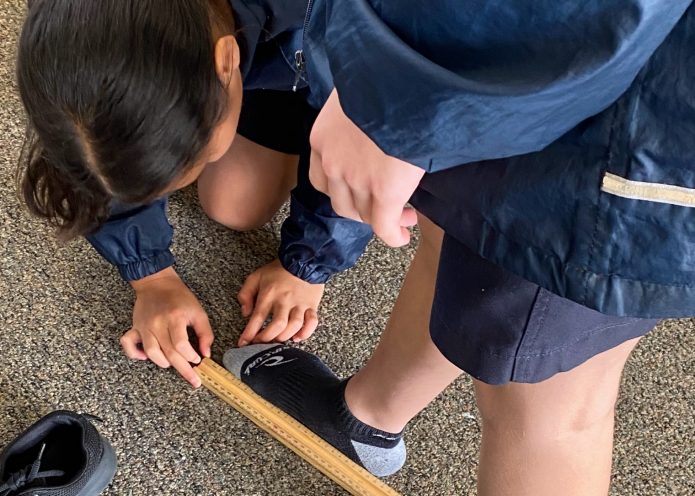
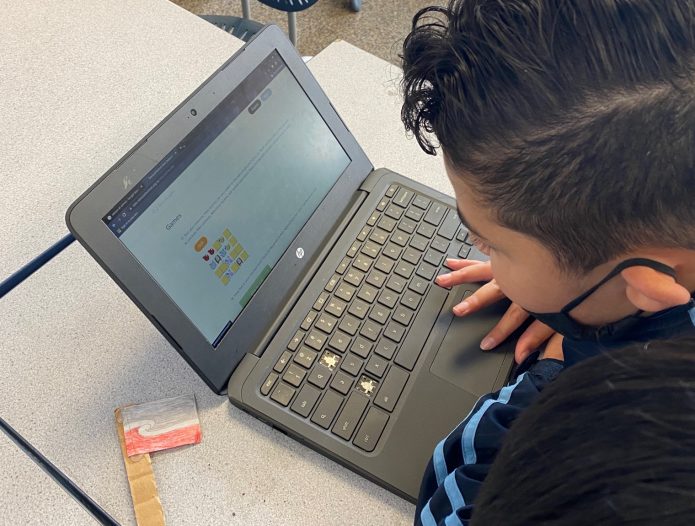
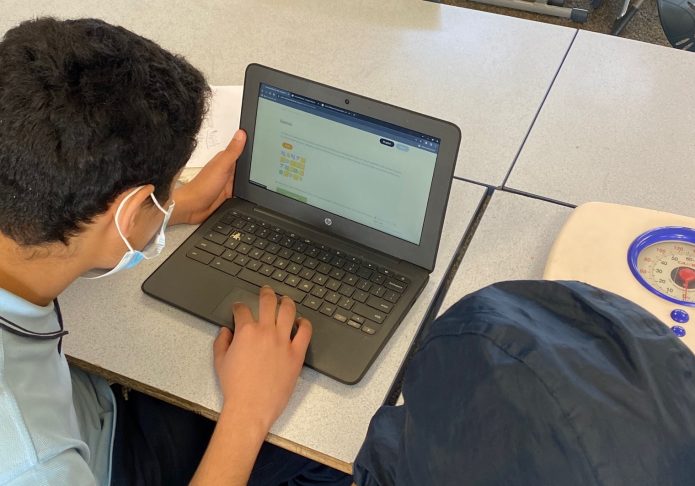

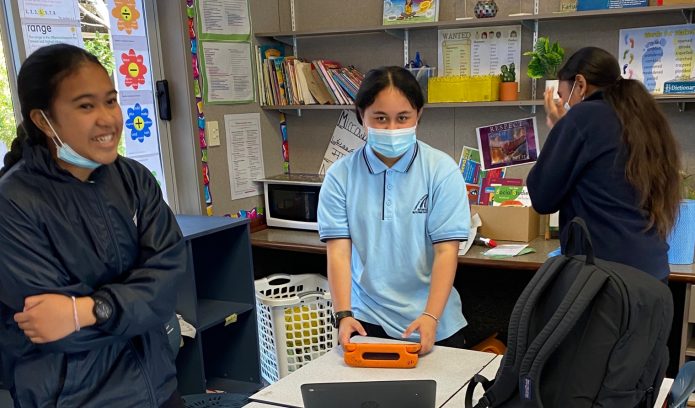
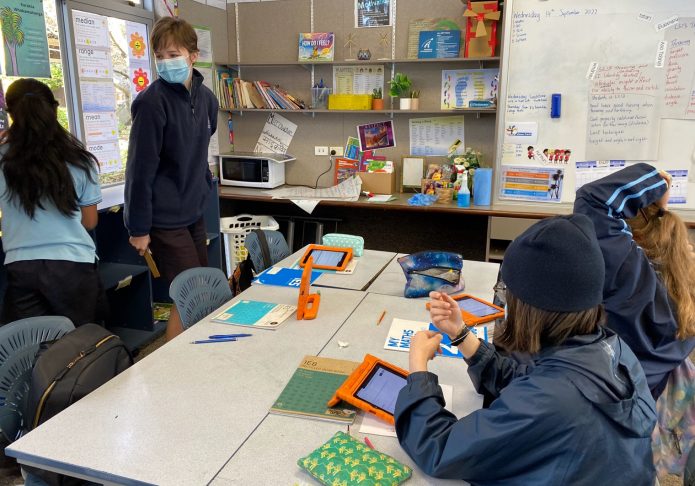
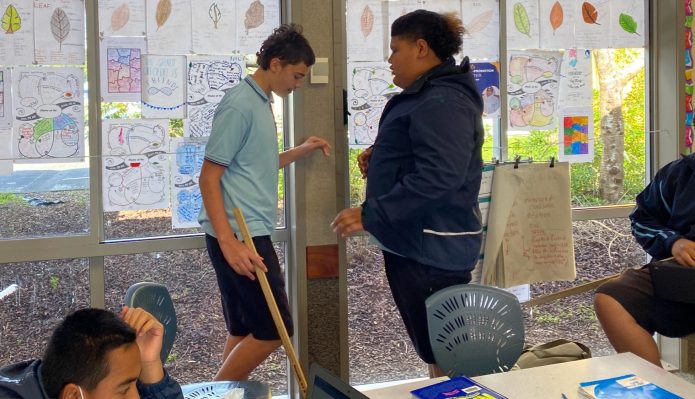
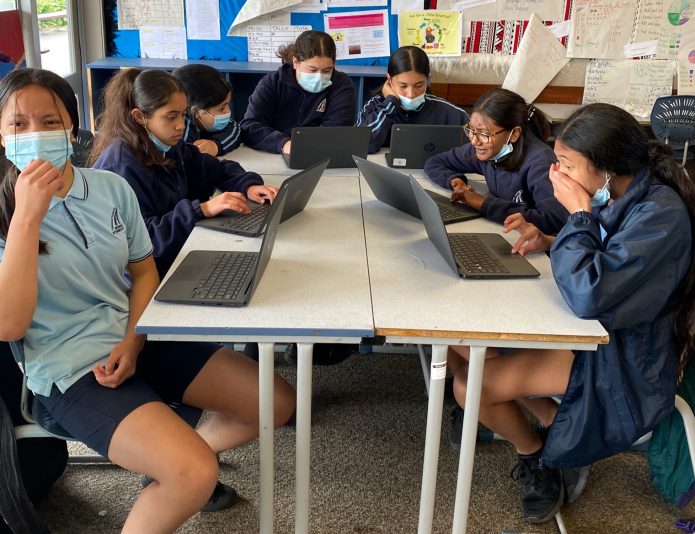
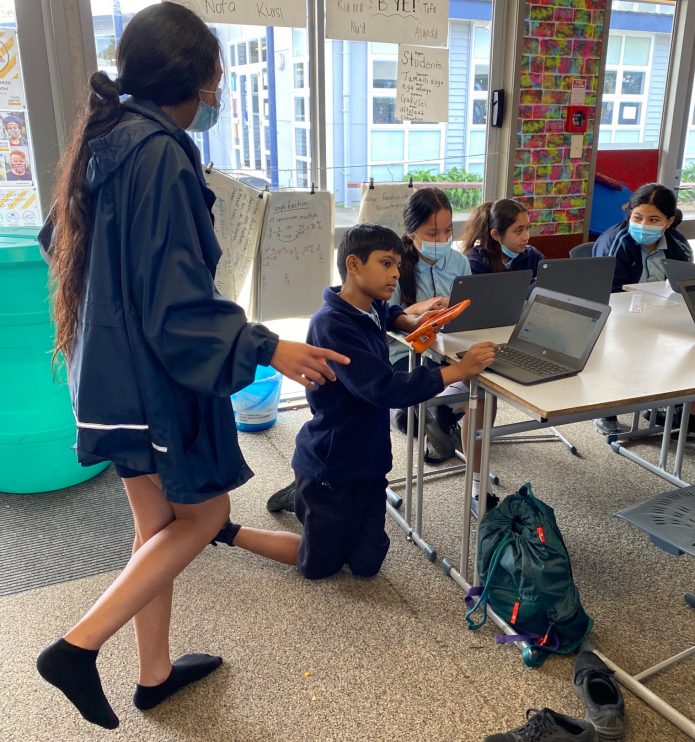
Thanks to Heather Willocks from Balclutha Primary for sending these photos of her class taking part in CensusAtSchool.
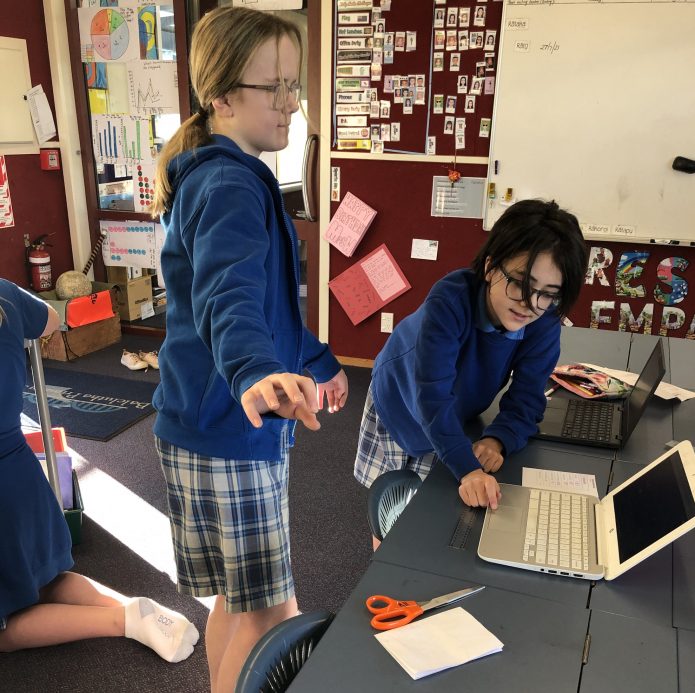
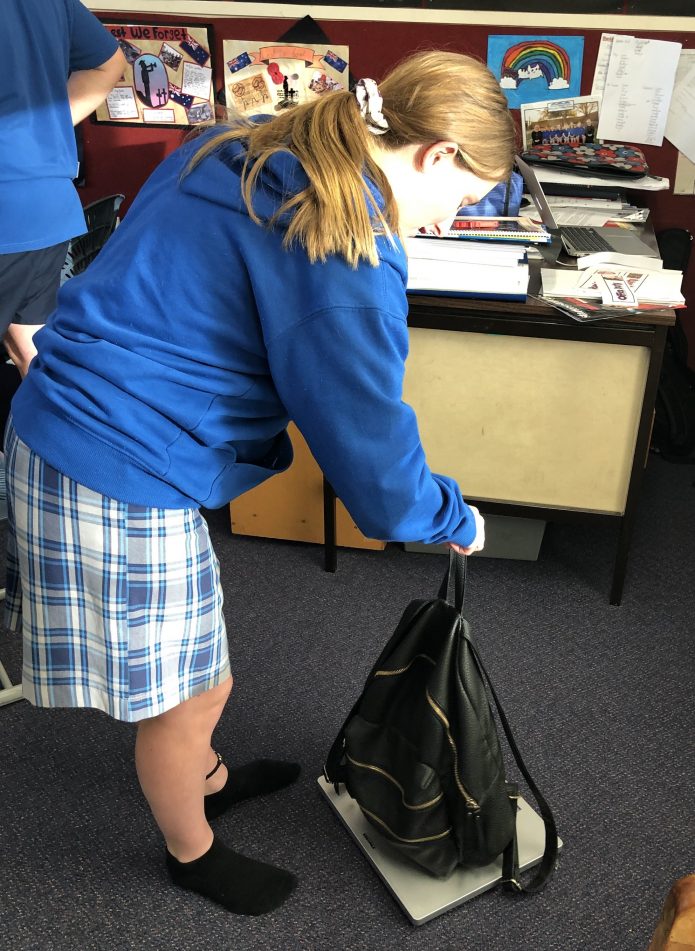
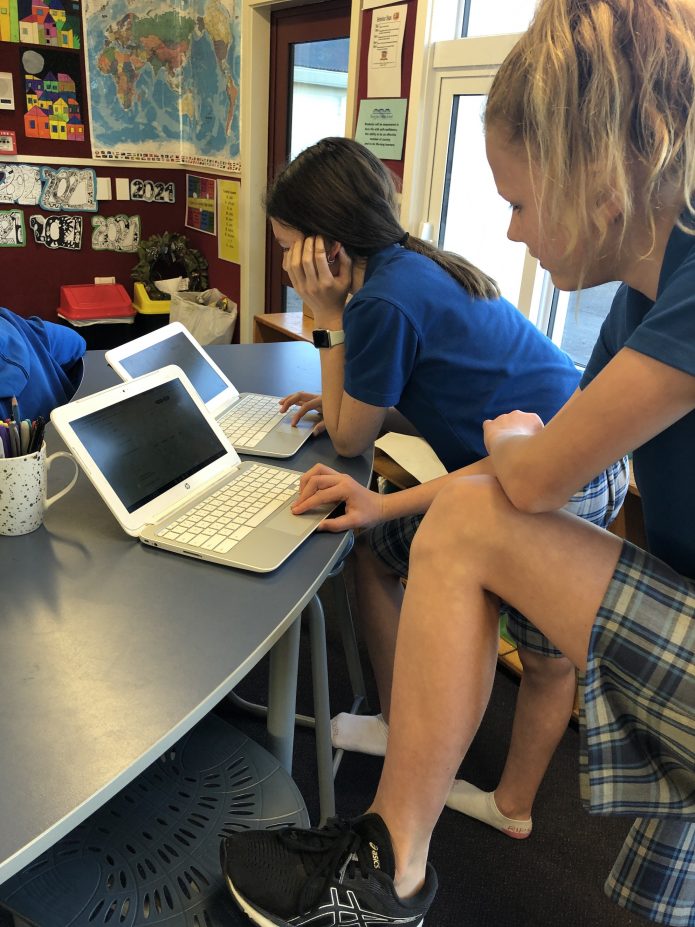
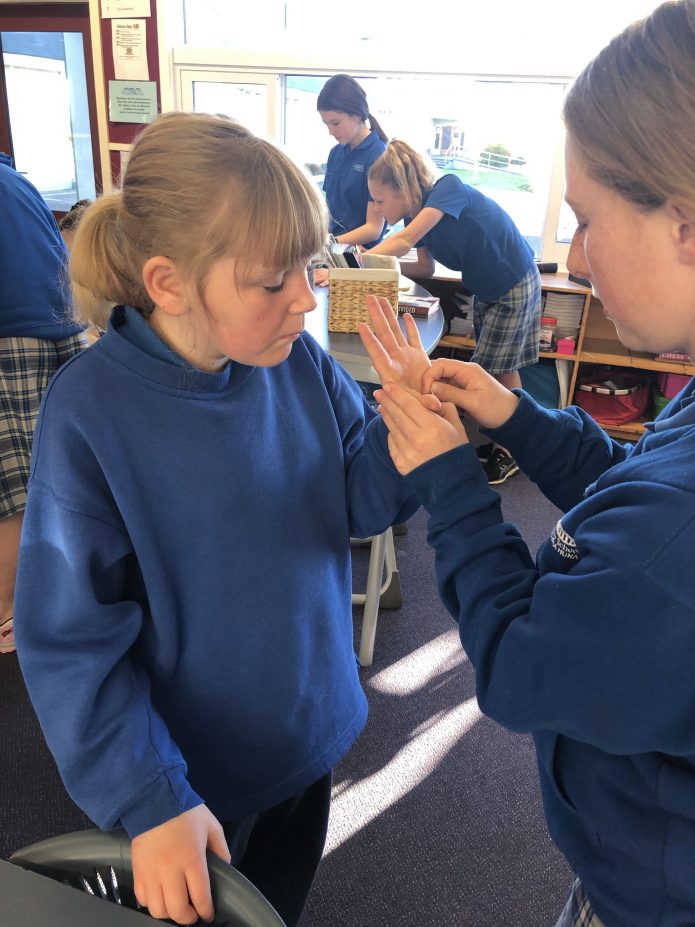
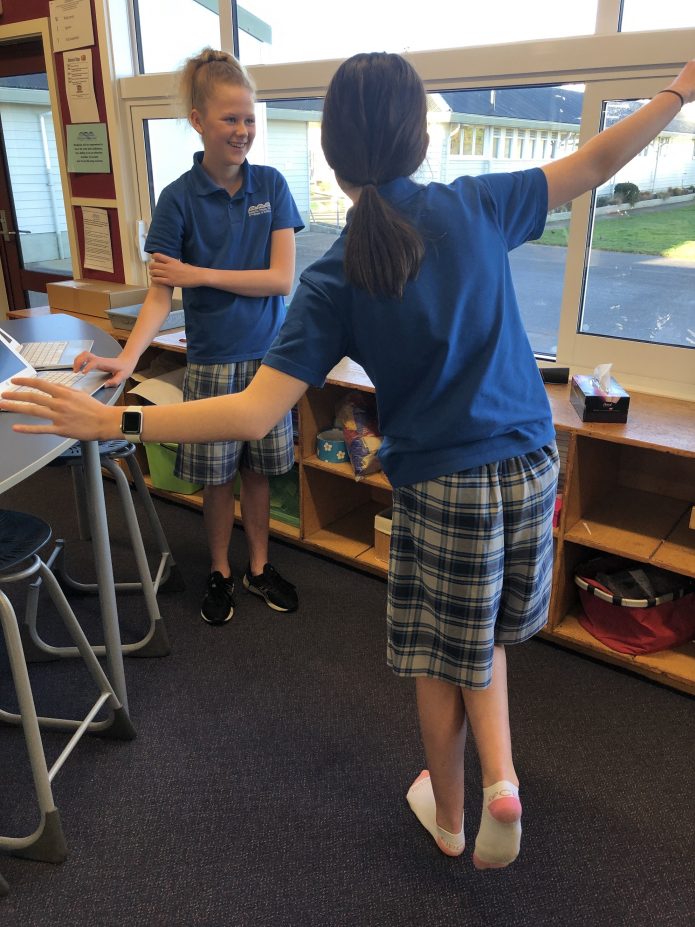
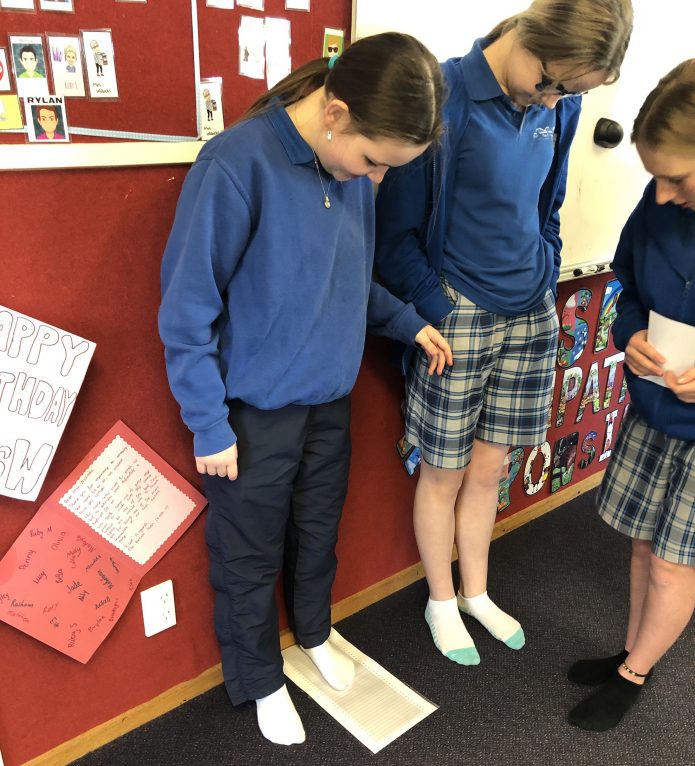
Three in ten Year 11-13 students want the legal vaping age to be lowered – but a similar number want it pushed even higher.
31% of the 2,678 senior students surveyed wanted the age for buying vaping products to be decreased, but 27% wanted it increased.
The insight comes from CensusAtSchool TataurangaKiTeKura, a non-profit, online educational project that brings statistics to life in both English and Māori-medium classrooms. Supervised by teachers, students from Years 3-13 anonymously answer 34 questions in English or te reo Māori on digital devices. The project is run by the Department of Statistics at the University of Auckland in partnership with the Ministry of Education and Stats NZ.
This year, more than 19,000 students from 400 schools have taken part to date. Year 11-13 students (aged 15-18) were asked a series of additional questions, including “At what age do you think it should be legal to do the following? a) Drive b) Vote c) Buy alcohol d) Vape”. The results for the senior students taking part to date showed that 65% agreed with the legal driving age, 52% agreed with the legal voting age, 55% agreed with the legal age to buy alcohol, and 41% agreed with the legal age to buy vaping products. In addition, 27% wanted the legal voting age to be lowered to 16.
CensusAtSchool schools advisor Anne Patel says, “It is a good sign that 27% want the legal age for buying vaping products to be even older than it already is at 18. Young people need leadership from people they look up to who acknowledge and confront problems they’re facing, with the students themselves being drivers of the solutions.”
The senior students were also asked how they feel about the future. They were able to choose a range of options on a scale from ‘very positive’ to ‘very negative’. 8% felt very positive, 30% felt positive, 40% felt neutral, and 15% felt negative, and 7% felt very negative. Figures were similar for both Māori and New Zealand Europeans.
CensusAtSchool co-director Rachel Cunliffe says that this is a positive message for young people with everything going on in the world today.
The findings correspond with a Colmar Brunton/NZME survey in February and March of 1,000 adults in New Zealand which showed 42% felt that overall, things will improve in the next 12 months.
In other findings for the Year 11-13 students surveyed:
CensusAtSchool runs every two years. This year’s census, the tenth, was launched on May 10 and runs until the end of 2022. More than 19,000 students from 400 schools have taken part to date.
See the questions, which schools are taking part, and a live dashboard of results on CensusAtSchool’s website.
Watch this short talk with your class about how data science skills are a superpower.
Seven out of ten New Zealand school students say that learning at home was the same or better during lockdown compared to learning in school normally, the latest results of a nationwide survey suggests.
The insight comes from CensusAtSchool TataurangaKiTeKura, a non-profit, online educational project that brings statistics to life in both English and Māori-medium classrooms. Supervised by teachers, students from Years 3-13 anonymously answer 34 questions in English or te reo Māori on digital devices.
This data comes from the first 13,431 students to complete the survey. This year, students were asked how they felt about learning at home during lockdown compared to learning in school normally. Overall, seven out of ten students felt that their learning at home was either better, or the same, as learning in school. The numbers were slightly lower for those studying towards their NCEA qualifications; 64% for Year 11, 59% for Year 12, and 51% for Year 13 students.
CensusAtSchool co-director Rachel Cunliffe says that this insight is valuable for students, parents, schools, and the wider educational system.
“Our students today are digital natives and reflect on their lockdown learning as largely a positive experience. This indicates their adaptability and enjoyment of online distance learning.”
The length of screentime that students say they get after they get home from school has slightly increased since the last time CensusAtSchool was run in 2019. High school students now spend a median of three and a half hours on their phone, computer, tablet, TV, Playstation, Xbox, Nintendo, and the like – but a quarter spent five and a quarter hours or more in front of a screen.
In other findings, 42% of students say they often get their news from social media including YouTube. This figure was higher than all other forms of media asked about, including TV (32%), Google or other search engines (26%), news websites or apps (17%), radio (16%), podcasts (5%), and only 5% from print publications such as newspapers and magazines.
The survey also asked students about their social media usage in the past week. 82% said that they had watched YouTube compared with only 16% who had used Facebook. TikTok came in second with 53%, Instagram on 45%, and followed closely by Snapchat on 44%.
In the battle of video games, 37% played Minecraft in the past week, compared with 31% for Roblox and only 16% played Fortnite.
In other findings, the top 10 favourite animated movies are:
CensusAtSchool runs every two years. This year’s census, the tenth, was launched on May 10 and runs until the end of 2022. During that time, more than 30,000 school students are expected to participate. 2,173 teachers from 1,094 schools have already registered.
See the questions, which schools are taking part, and a live dashboard of results on CensusAtSchool’s website: www.censusatschool.org.nz.
CensusAtSchool NZ is hosted by the Department of Statistics at the University of Auckland in association with Stats NZ and the Ministry of Education.
CensusAtSchool is part of an international effort to boost statistical capability among young people and is carried out in Australia, Canada, the United States, Japan, and South Africa. The countries share some questions so comparisons can be made.
In one of New Zealand’s most remote schools, Waitaria Bay, the seven year 3-8 students thoroughly enjoyed taking part in CensusAtSchool.
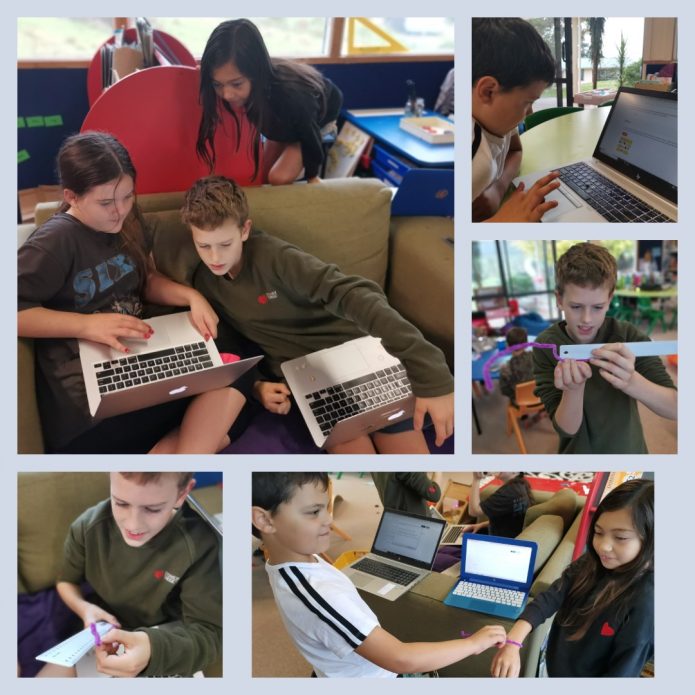
Thanks to Toni Manuel for sending these photos of her students at Manukura School taking part in CensusAtSchool.
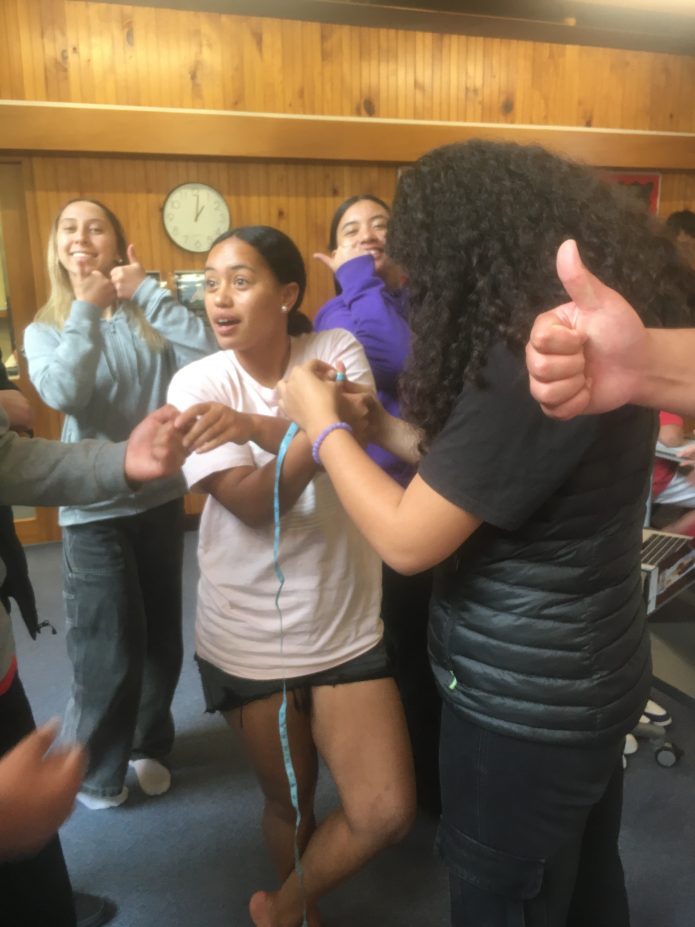
Thumbs up!!
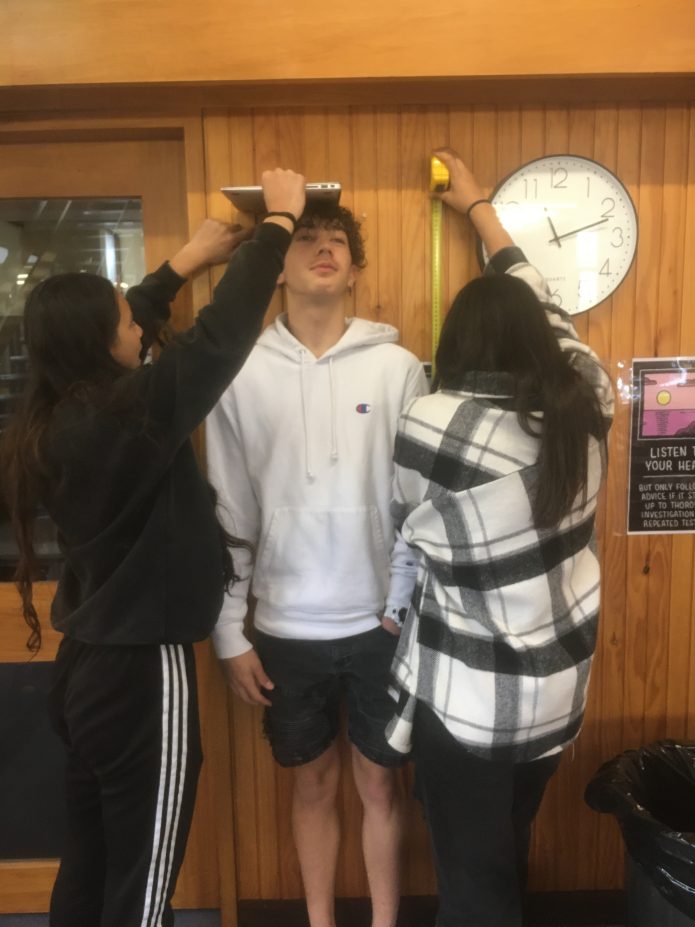
Co-operation to measure heights
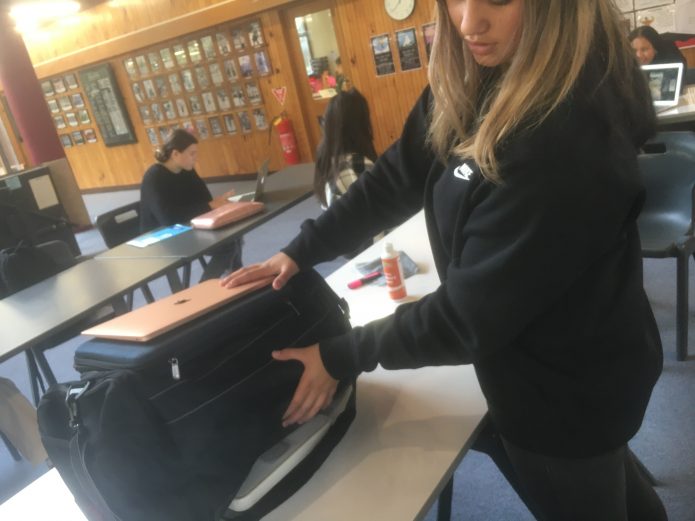
Wow my school bag is heavy!!
Many thanks to Sue Holmes for these photos of students taking part in CensusAtSchool at Kamo Intermediate.
